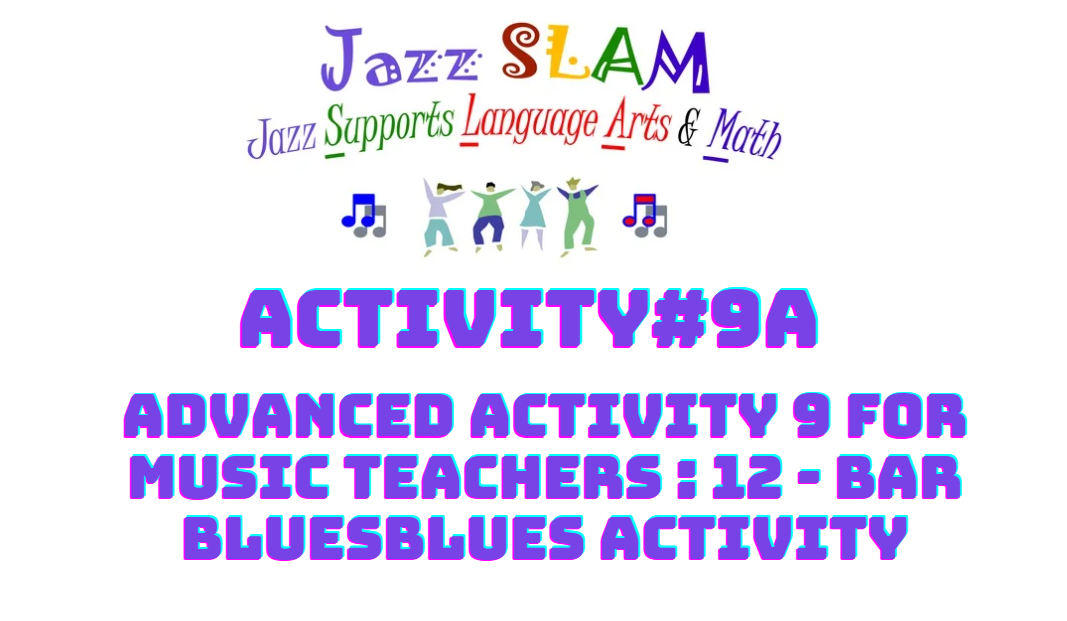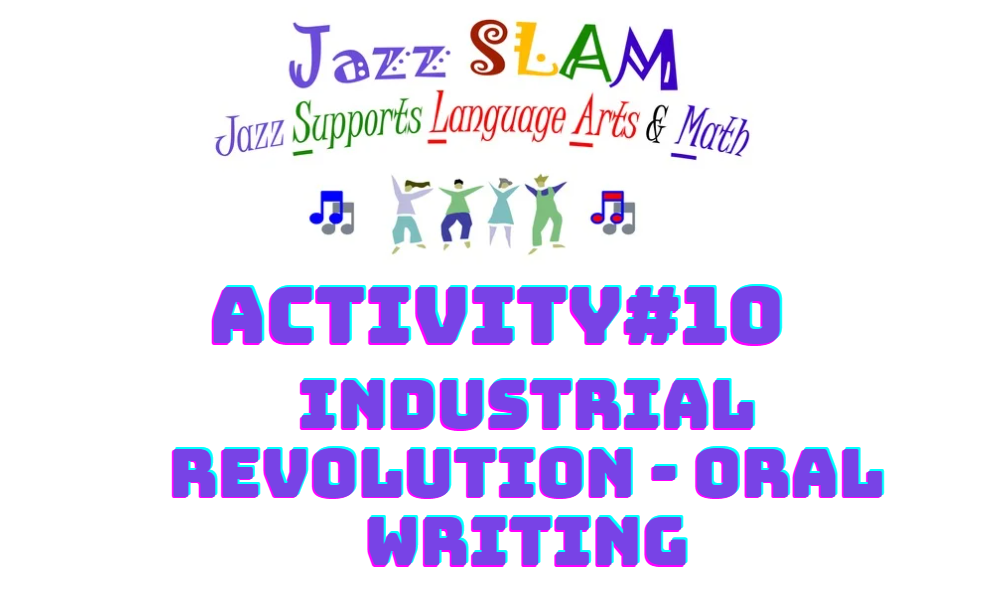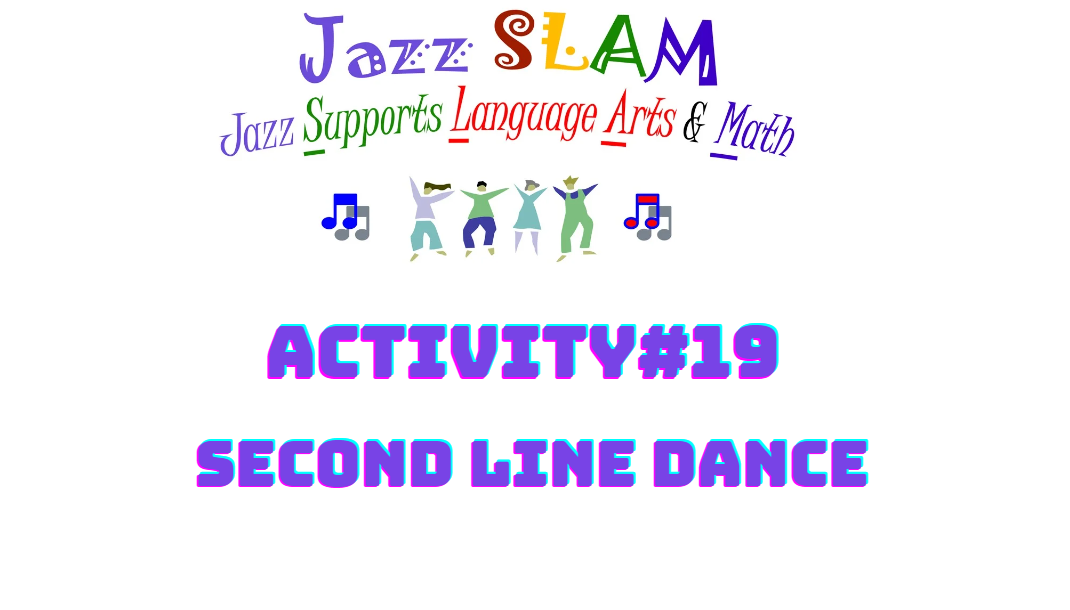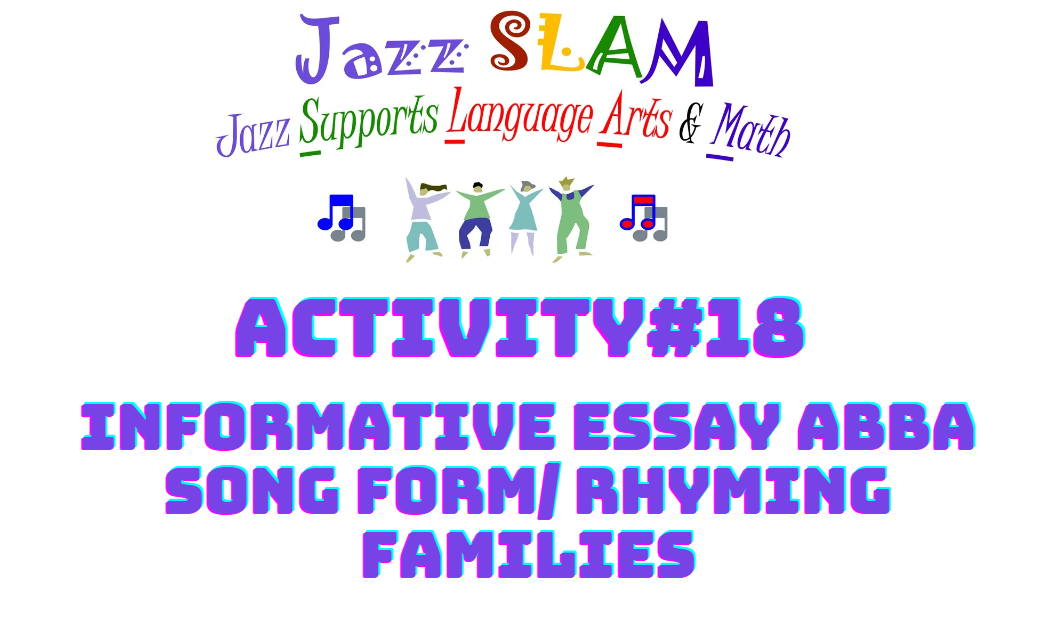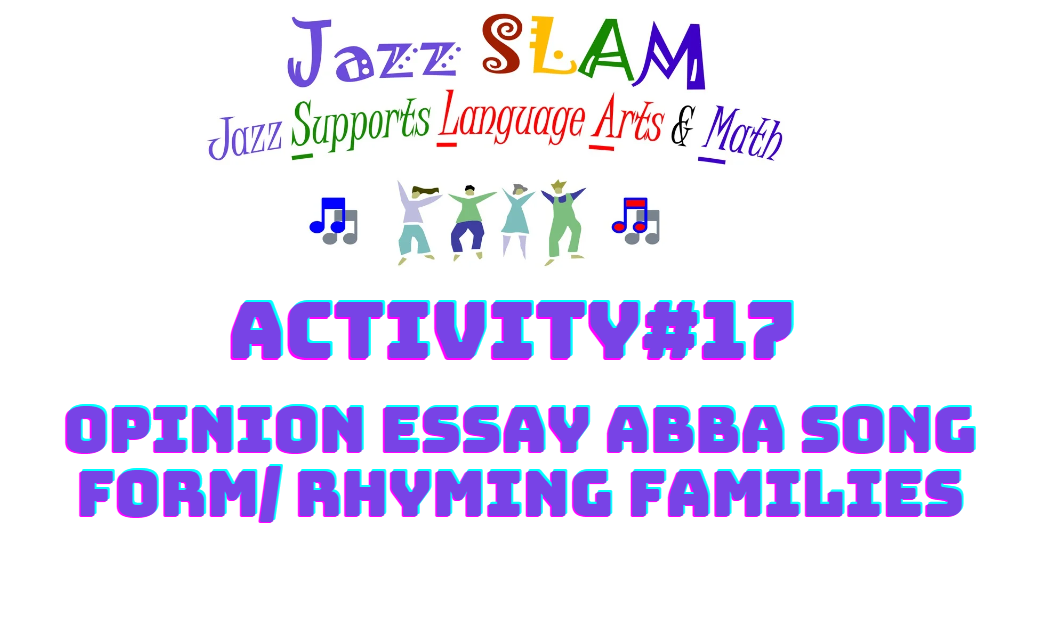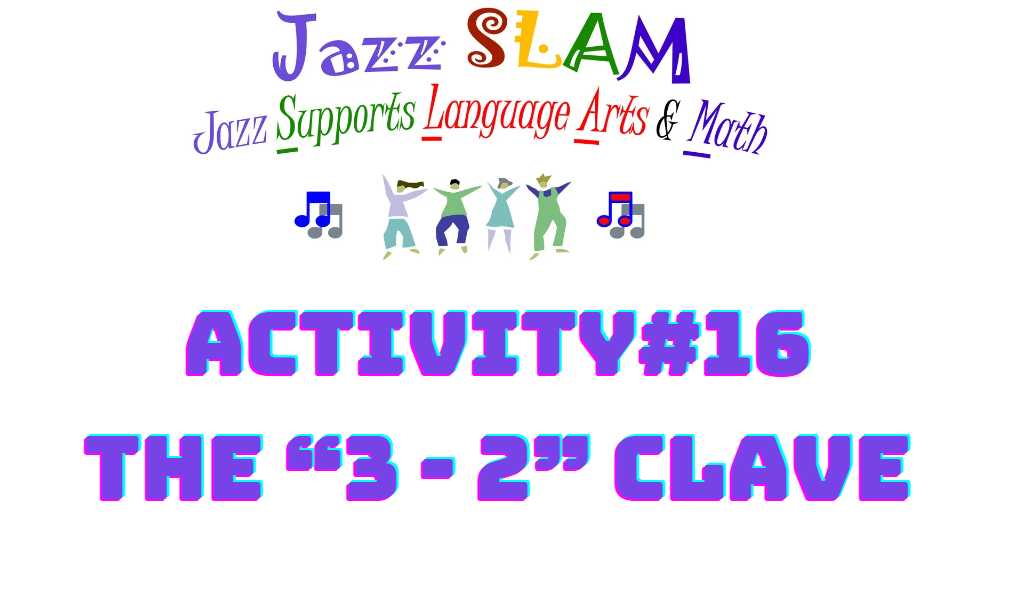About This Lesson
Learning Goals/Objectives
STUDENTS WILL BE ABLE TO:
- Identify 3chords in blues
- Identify the chord progression for the 12-bar blues
- Play the correct chord progression for the 12-bar blues on a musical instrument
Materials
- Piano/Keyboard/Autoharp or any pitched instrument
Common Core Standards & NGSSS Music Standards
Common Core Standards
RI.3.3 Describe the relationship between a series of historical events, scientific ideas or concepts, or steps in technical procedures in a text, using language that pertains to time, sequence, and cause/effect.
W.3.3 Write narratives to develop real or imagined experiences or events using effective technique, descriptive details, and clear event sequences.
W.3.4 With guidance and support from adults, produce writing in which the development and organization are appropriate to task and purpose.
SL.3.2 Determine the main ideas and supporting details of a text read aloud or information presented in diverse media and formats, including visually, quantitatively, and orally.
L.3.1 Demonstrate command of the conventions of standard English grammar and usage when writing or speaking.
L.3.2 Demonstrate command of the conventions of standard English capitalization, punctuation, and spelling when writing.
L.3.3 Use knowledge of language and its conventions when writing, speaking, reading, or listening.
L.3.5 Demonstrate understanding of word relationships and nuances in word meanings.
L.4.1 Demonstrate command of the conventions of standard English grammar and usage when writing or speaking.
L.4.2 Demonstrate command of the conventions of standard English capitalization, punctuation, and spelling when writing. L.4.3 Use knowledge of language and its conventions when writing, speaking, reading, or listening.
L.4.5 Demonstrate understanding of word relationships, and nuances in word meanings.
RI.4.5 Describe the overall structure (e.g., chronology, comparison, cause/effect, problem/solution) of events, ideas, concepts, or information in a text or part of a text.
RI.4.7 Interpret information presented visually, orally, or quantitatively (e.g., in charts, graphs, diagrams, time lines, animations, or interactive elements on Web pages) and explain how the information contributes to an understanding of the text in which it appears.
RL.4.5 Explain major differences between poems, drama, and prose, and refer to the structural elements of poems (e.g., verse, rhythm, meter) and drama (e.g., casts of characters, settings, descriptions, dialogue, stage directions) when writing or speaking about a text.
SL.4.2 Paraphrase portions of a text read aloud or information presented in diverse media and formats, including visually, quantitatively, and orally.
W.4.3 Write narratives to develop real or imagined experiences or events using effective technique, descriptive details, and clear event sequences.
L.5.1 Demonstrate command of the conventions of standard English grammar and usage when writing or speaking.
L.5.2 Demonstrate command of the conventions of standard English capitalization, punctuation, and spelling when writing.
L.5.3 Use knowledge of language and its conventions when writing, speaking, reading, or listening.
L.5.5 Demonstrate understanding of figurative language, word relationships, and nuances in word meanings.
RI.5.2 Compare and contrast the overall structure (e.g., chronology, comparison, cause/effect, problem/solution) of events, ideas, concepts, or information in two or more texts.
.
NGSSS Music Standards
MU.3.C.2.1 Evaluate performances of familiar music using teacher-established criteria.
MU.3.F.1.1 Enhance the meaning of a story or poem by creating a musical interpretation using voices, instruments, movement, and/or found sounds.
MU.4.C.2.1 Identify and describe basic music performance techniques to provide a foundation for critiquing one's self and others.
MU.4.C.2.2 Critique specific techniques in one's own and others performances using teacher established criteria.
MU.4.F.1.1 Create new interpretations of melodic or rhythmic pieces by varying or adding dynamics, timbre, tempo, lyrics, and/or movement.
MU.5.C.2.1 Define criteria, using correct music vocabulary, to critique one's own and others performance.
MU.5.C.2.2 Describe changes, using correct music vocabulary, in one's own and/or others performance over time.
MU.5.F.1.1 Create a performance, using visual, kinesthetic, digital, and/or acoustic means to manipulate musical elements.
MU.68.C.2.1 Critique personal performance, experiment with a variety of solutions, and make appropriate adjustments with guidance from teachers and peers.
MU.68.C.2.2 Critique, using correct music vocabulary, changes in one’s own or others’ musical performance resulting from practice or rehearsal.
MU.68.C.2.3 Critique personal composition and/or improvisation, using simple criteria, to generate improvements with guidance from teachers and/or peers.
MU.68.C.3.1 Apply specific criteria to evaluate why a musical work is an exemplar in a specific style or genre.
MU.68.F.1.1 Create a composition and/or performance, using visual, kinesthetic, digital, and/or acoustic means to manipulate musical elements.
MU.68.S.1.2 Compose a short musical piece.
MU.68.S.1.3 Arrange a short musical piece by manipulating melody, form, rhythm, and/or voicing.
ESOL/ESE STRATEGIES
Steps
Step 1:
Teach your music students the 3 chords to the blues on a keyboard or autoharp. Teach it numerically, so they can eventually practice it in different keys.
Step 2:
Set up a beat of 4 beats/ bar.
- Bars 1-4 =I7 chord
- Bars 5 & 6 =IV7 chord
- Bars 7 & 8 = I7chord
- Bar 9 =V7
- Bar 10 =IV7
- Bar 11 & 12 = I7.
Step 3:
For melodic instruments or voice, you can teach students the leading tones to play.
Step 4:
Use the 3rdof I7, to the b7th of IV7, & b7th of V7 for 12 Bar Blues. For example: In the key of C:C7 =4 bars, F7= 2 Bars, C7= 2 bars, G7= 1 bar, F7= 1 bar,C7= 2 bars.
Leading tones = E for Bars 1-4, Eb for Bars 5 & 6, E for Bars 7 & 8, F for Bar 9, Eb for Bar10, E for Bars 11 & 12.
Step 5:
Have half of the students play the 12-bar blues while the other half sings Kansas City and then have the students switch.
Rubric/Instrument for Assessment
4 Points(Advanced):
A score of four is a response in which the student demonstrates a thorough understanding of the concepts and/or procedures embodied in the task. The student has responded correctly to the task, used sound procedures, and provided clear and complete explanations and interpretations.
3 Points(Proficient):
A score of three is a response in which the student demonstrates an understanding of the concepts and/or procedures embodied in the task. The students’ response to the task is essentially correct with the procedures used and the explanations and interpretations provided demonstrating an essential but less than thorough understanding. The response may contain minor flaws that reflect in attentive execution of procedures or indications of some misunderstanding of the underlying concepts and/or procedures.
2 Points(Basic):
A score of two indicates that the student has demonstrated only a partial understanding of the concepts and/or procedures embodied in the task. Although the student may have used the correct approach to obtaining a solution or may have provided a correct solution, the students’ work lacks an essential understanding of the underlying concepts.
1 Point(Emerging):
A score of one indicates that the student has demonstrated a very limited understanding of the concepts and/or procedures embodied in the task. The students’ response is incomplete and exhibits many flaws. Although the students’ response has addressed some of the conditions of the task, the student reached an inadequate conclusion and/or provided reasoning that was faulty or in complete. The response exhibits many flaws or may be incomplete.
0 Points:
A score of zero indicates that the student has provided a completely incorrect or non-interpretable response or no response at all.





